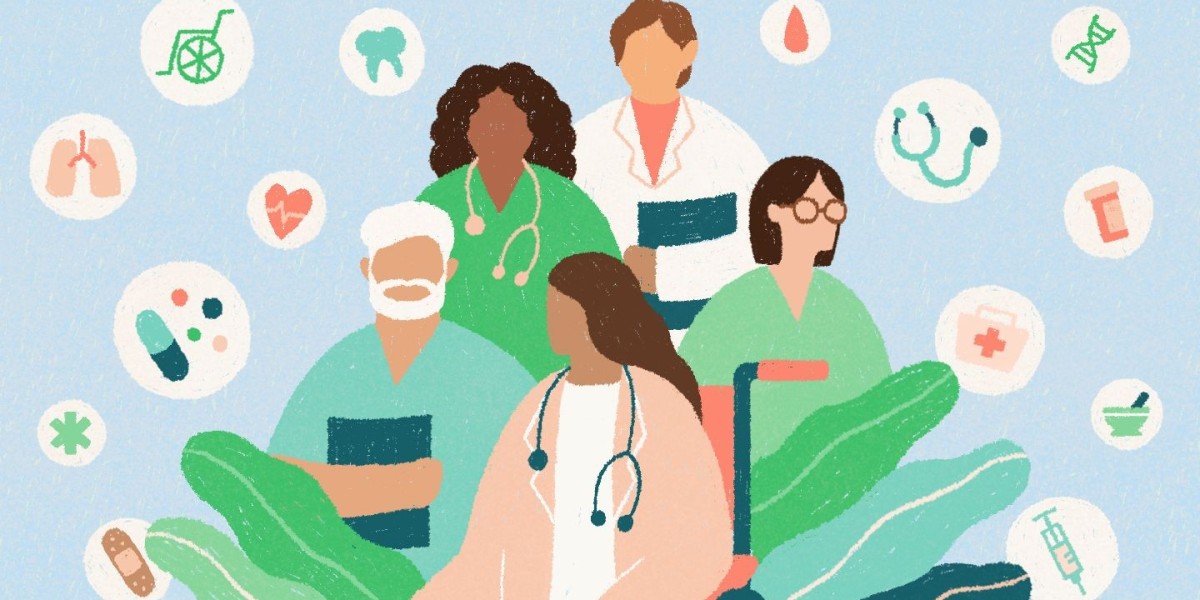Introduction:
In the field of medicine, prevention is frequently praised as the key to a long and healthy future. Proactively addressing potential health hazards and promoting well-being can greatly lower the chance of chronic illness development and improve overall quality of life for individuals. We examine the value of prevention in preserving good health and creating a sustainable future in this essay.
1. Recognizing Prevention: An Active Strategy for Health
The goal of prevention is to recognize risk factors and take appropriate action before they worsen and become health problems. Through lifestyle changes, screenings, immunizations, and early treatments, preventative measures seek to enhance health and well-being rather than waiting for symptoms to appear. People can empower themselves to take charge of their health and reduce the burden of preventable diseases by taking a proactive attitude to their health.
2. Dietary Contributions to Prevention
In order to prevent chronic diseases and to promote general health, nutrition is essential. A well-proportioned diet full of whole grains, fruits, vegetables, lean meats, and healthy fats provide vital nutrients that boost immunity, control metabolism, and lessen inflammation. Through thoughtful dietary selection and moderation in the consumption of processed foods, sugar, and harmful fats, people can dramatically reduce their risk of obesity, diabetes, heart disease, and other diet-related illnesses.
3. Exercise: An Essential Component of Preventive Medicine
Frequent exercise is yet another essential element of preventative care. Exercise improves cardiovascular health, aids in weight loss, and strengthens bones, joints, and muscles, all of which lower the chance of accidents and falls. Furthermore, studies have shown that physical activity improves mood, lowers stress levels, and sharpens the mind, all of which contribute to overall wellbeing. People can protect their long-term health and enjoy the many advantages of physical activity by making regular exercise a part of their daily routines.
4. Early detection and screening
The prevention of disease progression and the enhancement of treatment outcomes are largely dependent on screening tests and early detection. Regular screenings can help identify risk factors and discover anomalies before they become significant health issues. These screenings can be performed for disorders like cancer, diabetes, hypertension, and high cholesterol. Early intervention lowers the risk of complications and improves prognosis by enabling timely treatment and control of illnesses.
5. Vaccinations: Guarding Against Contagious Illnesses
One of the best ways to avoid infectious diseases and their aftereffects is by vaccination. Vaccines provide immunity against particular viruses by encouraging the immune system to create antibodies. Through vaccination, people can fend off potentially fatal infections in themselves and others, including influenza, measles, polio, and hepatitis. Immunizations improve a community's general health and well-being in addition to saving lives.
6. Modifications to Lifestyle to Prevent
Lifestyle changes, along with nutrition, exercise, screenings, and vaccinations, are important components of preventative health care. Tobacco avoidance, moderation in alcohol use, safe sexual behavior, and keeping a healthy weight are all important strategies for lowering the risk of chronic illnesses and lengthening life. People can lower their chance of contracting avoidable health issues and improve their quality of life by adopting healthy lifestyle habits and making educated decisions.
7. Giving People the Tools They Need for a Healthier Future
It takes knowledge, tools, and supportive environments to enable people to prioritize prevention. Healthcare professionals are essential in promoting preventative care by educating patients, conducting screenings, and offering individualized health advice. The implementation of programs that promote healthy lifestyles, increase access to preventative treatments, and address social determinants of health is another option available to legislators, community organizations, and employers.
Conclusion:
In conclusion, when it comes to creating a healthy future, the importance of prevention cannot be emphasized. By adopting preventative measures including healthy eating, exercise, screenings, vaccinations, and lifestyle changes, people can greatly lower their chance of contracting chronic illnesses and enhance their general health. By working together and sharing a dedication to prevention, we can build a future in which every person has the chance to live a long, healthy life.








